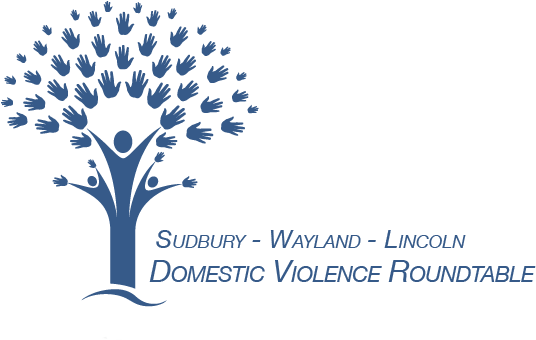Finding Help and Support
People experiencing abuse often leave and return to their partner a number of times. Some go to shelter or a hotel, some find a more permanent-feeling place to live, and some stay with friends/family or make other arrangements. And not everyone who is being mistreated by their partner will make the decision to leave the relationship. Deciding whether to stay or go is a very personal decision, and individuals weigh many different factors when thinking about what feels like the right – and safest – thing to do at any given time.
We encourage anyone who is being disrespected, mistreated and/or abused by their spouse or partner to consider reaching out to a local domestic abuse program for help and support. Friends, family members, co-workers, healthcare professionals, clergy and other community professionals are also welcome to consult with a local domestic abuse program as they support someone they are concerned about.
Staff and volunteers at domestic abuse programs…
- Listen
- Ask people what they want to happen (and reassure them that it’s fine if they don’t know yet)
- Help people consider the different options they might have
- Provide information about available legal, housing, financial, medical and other resources that the person experiencing harm might not know about or might not know how to access
- Assist people in thinking about how to best plan for their and their children’s safety even while navigating a controlling and/or abusive current or former partner
Staff and volunteers from local programs understand that people experiencing harm are the experts in their own safety. They will not tell callers (or people they are chatting with online) what they should do and they are not there to judge anyone’s past, current or future decisions. They are available to help callers figure out how they want to proceed and then provide support to the person moving forward.
Note that changes in technology have made it easier for abusive individuals to track their partner’s messages and even live phone calls. When possible, it might be a good idea to try and contact a domestic abuse program using a phone or computer that the person causing harm does not have any way to access.
The National Network to End Domestic Violence’s has an excellent list of tech-related resources and toolkits designed to help people who are being harmed by a current or ex-partner think about their safety.
